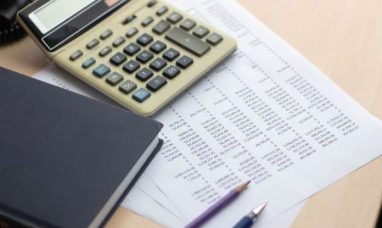Retail sales were flat in June, surprising Wall Street analysts who had predicted a decline amid signs of a slowing U.S. economy. Economists had anticipated a 0.3% drop in spending, according to Bloomberg data, but the reality painted a different picture.
Revised May Figures and June Performance
The Census Bureau revised May’s retail sales figures upward to a 0.3% increase from the initial reading of 0.1%. In June, retail sales excluding autos and gas rose by 0.8%, surpassing the consensus estimate of a 0.2% increase. The control group, which excludes several volatile categories and contributes to the gross domestic product reading for the quarter, showed a 0.9% rise in June, again beating expectations of a 0.2% increase.
Paul Ashworth, Capital Economics chief North America economist, noted, “Although retail sales were unchanged in June, the strong 0.9% month-over-month rise in control group sales should ease concerns about the plight of the consumer in the wake of the renewed slump in sentiment.” He added that while second-quarter consumption and GDP growth appeared to be around 2% annualized, the strong June performance sets up for a better third-quarter outlook.
Category-Specific Performance
Nonstore retailers led the gains by category, with sales increasing by 1.9%. Conversely, gasoline stations experienced the largest decline, with sales dropping 3%. Motor vehicle and parts dealers also saw a decrease, with sales slipping 2%.
Economic Context and Consumer Spending
The update on consumer spending comes amid a cooling yet still growing U.S. economy. Combined with better-than-expected inflation readings, this data has led markets to widely anticipate the Federal Reserve’s first interest rate cut by the end of its September meeting.
Citi senior global economist Robert Sockin told Yahoo Finance, “This report shows that the consumer is holding in there well and maybe is not spending at the heady pace that we saw in the second half of last year but is certainly not falling off a cliff.” Sockin suggested that this report might reduce the urgency for the Fed to ease rates, alleviating fears that the economy is slowing down more sharply. He expects the Fed to signal a likely rate cut in September during its July meeting, given the progress on inflation.
Federal Reserve’s Position
Federal Reserve Chair Jerome Powell, speaking at the Economic Club of Washington on Monday, declined to specify when the Fed might start its easing cycle. “I’m not going to be sending signals on any particular meeting,” he said. “We are going to make these decisions meeting by meeting and the evolving data and the balance of risks.”
Implications for the Economy
The June retail sales report provides a mixed but somewhat reassuring view of the U.S. economy. While certain sectors like gasoline stations and motor vehicle dealers faced declines, the overall stability and unexpected gains in nonstore retailing suggest that consumer spending is not as weak as feared. This resilience in consumer spending is a positive sign amid ongoing economic uncertainties.
The anticipation of a potential interest rate cut by the Federal Reserve adds another layer of complexity to the economic outlook. As markets and policymakers continue to navigate these developments, the performance of retail sales will remain a key indicator of consumer confidence and economic health.
Conclusion
June’s retail sales report defied expectations of a decline, showing that consumer spending is holding steady despite economic challenges. With nonstore retailers leading the gains and some sectors experiencing declines, the mixed results highlight the complexities of the current economic landscape. As the Federal Reserve weighs its next moves, the stability in retail sales could influence future monetary policy decisions, shaping the economic outlook for the coming months.
Featured Image: Freepik









